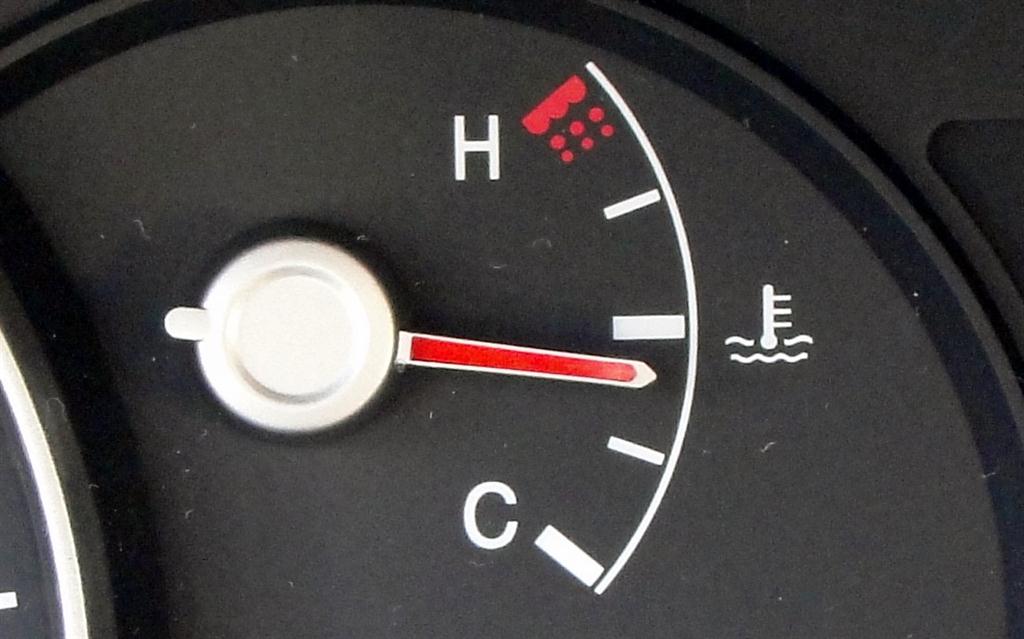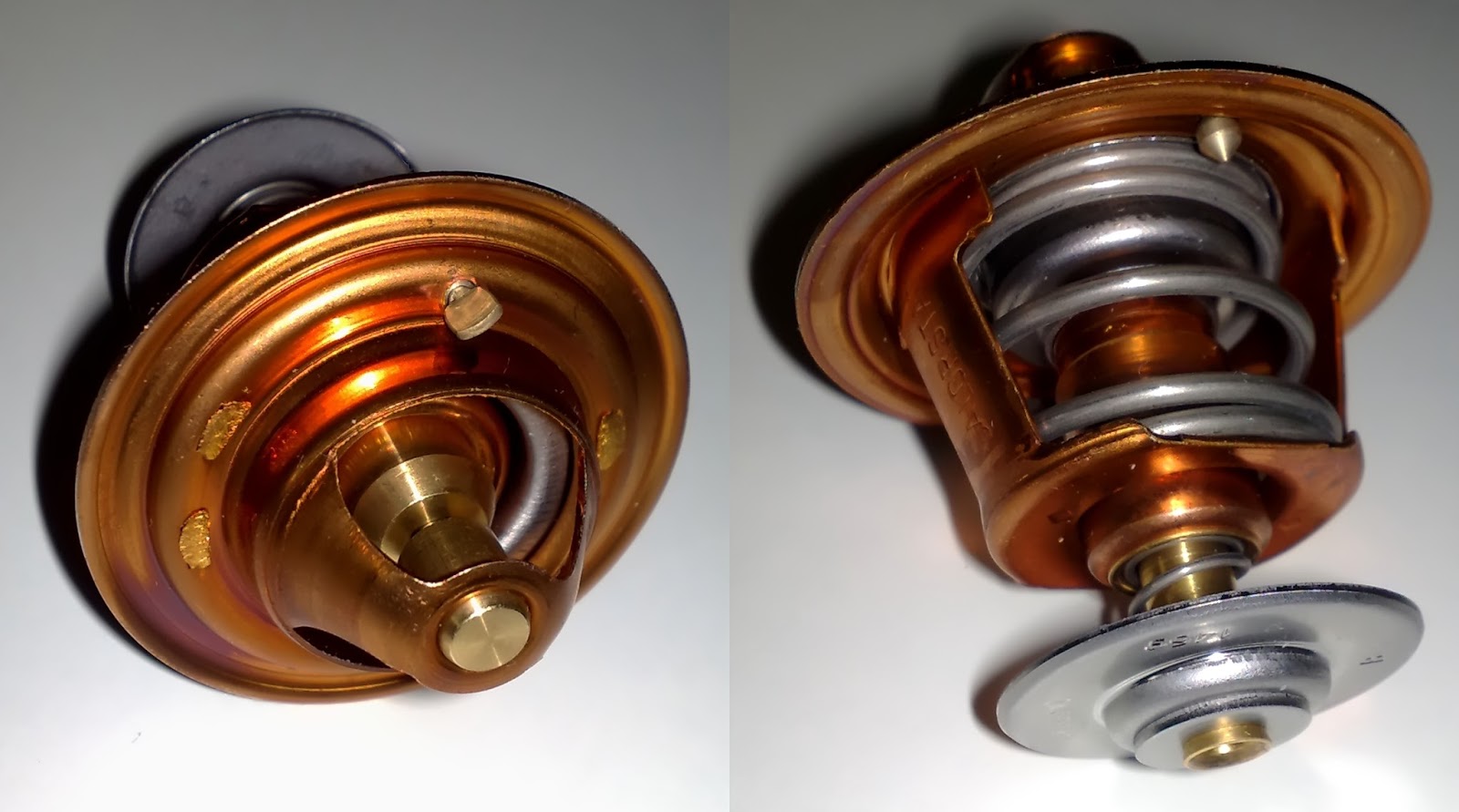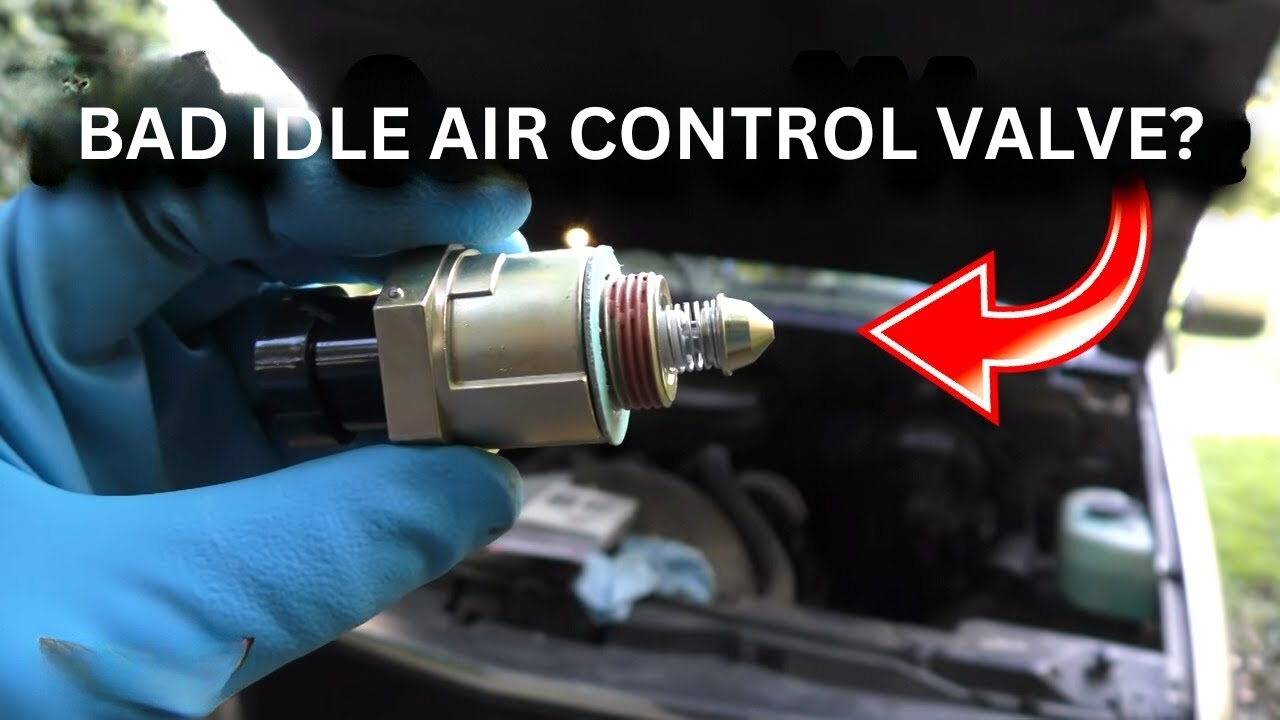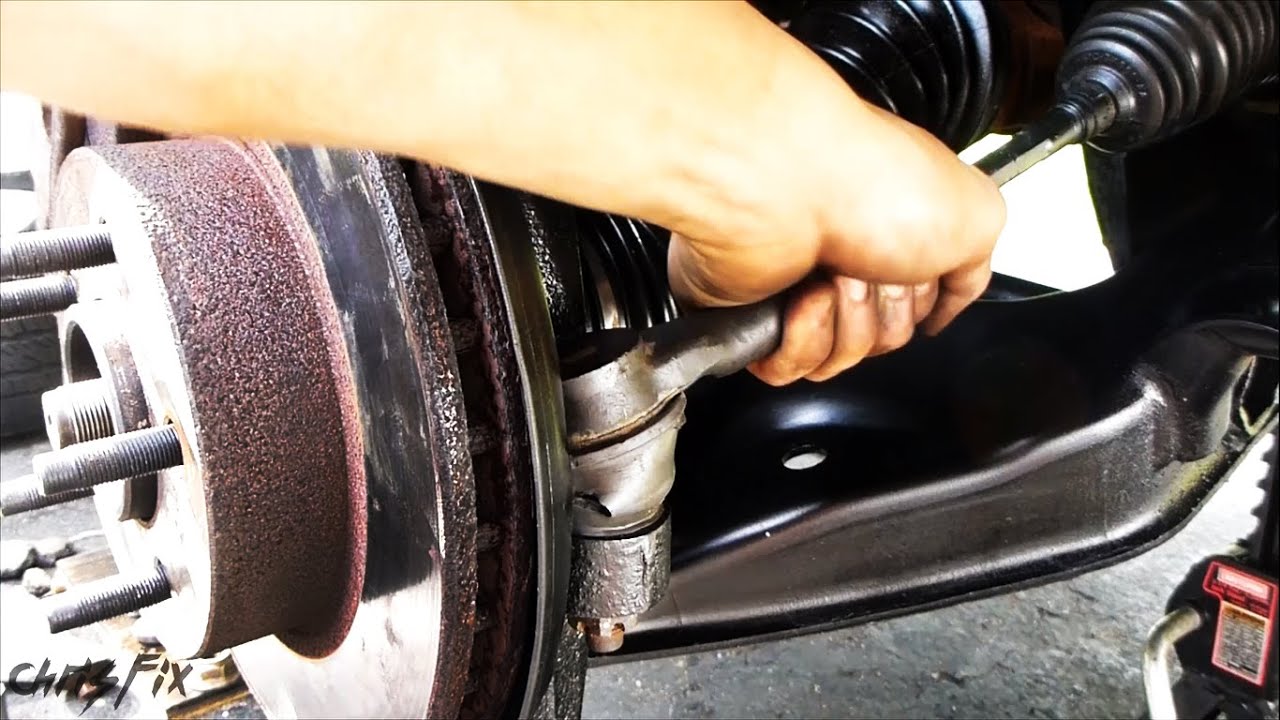It is a common saying that cars are a lot like people. Changes in temperature affect how our bodies work in the same way that they affect how cars work. And a thermostat is the part of a car that is mostly in charge of keeping the temperature stable.
How does a Thermostat work?
A thermostat is an essential part of a car’s cooling system. It controls how much coolant flows through the engine block.
When the engine runs and reaches a certain temperature, the thermostat will be forced to open, letting coolant flow to and from the radiator to keep the engine at a constant temperature.
The coolant, on the other hand, keeps going back and forth through the engine. Along with other cooling parts, this process of recirculating helps the engine work at a constant temperature.
If a thermostat fails to function properly, the consequences can be catastrophic. But the part will usually show a few warning signs before it breaks. Here are 5 signs that your thermostat is Broken.
Broken Thermostat Symptoms :
Unusual Temperature Readings

When you start your car after allowing it to rest for a while, the temperature gauge will usually start on the cold side and move up to the middle, which is the optimum temperature for the engine.
But if the thermostat is broken in any way, the flow of coolant to the radiator will be changed.
If the thermostat is stuck closed, the temperature will continue to increase dangerously
On the other hand, If the thermostat is stuck open, the temperature will probably stop before it gets to the middle.
Engine Overheating:
If something is wrong with your cooling system, the first thing you might notice is that the temperature gauge is reading very high, and the engine is overheating. If you don’t fix a broken thermostat or water pump, the engine will blow by, just like it would with any other cooling part.
Leaking coolant around the thermostat housing or under the car

Coolant leakage is one of the most obvious indications of a damaged thermostat, If you see coolant leaking around the thermostat housing, it’s probably because the thermostat is stuck closed and not letting coolant through.
The leak can happen anywhere the coolant goes, but it is usually easiest to spot around the thermostat housing. This can lead to leaks in other coolant hoses as well.
When this happens, there is a noticeable coolant leaking. Even if the thermostat is not broken, get your car inspected.
Performance Issues
When the engine isn’t running properly, you’ll notice performance issues. Most notably, fuel economy will suffer as the engine works more to compensate for temperature variations.
If the engine overheats or fails to attain temperature, the issue may cause increased emissions. The faulty thermostat not only puts the engine at risk of failure but it also contributes to pollution in the environment.
Heater not functioning
If you reside in a colder climate, it is more likely that your thermostat will be stuck open rather than closed, which means you will encounter a heater malfunction rather than an overheating. This means that coolant will continue to flow to the engine even when it is not required. And you won’t get hot air through the vents no matter how high you turn up the heater.
Strange Engine Sound

Strange sounds are another sign that your thermostat is broken. If you hear rumbling sounds coming from the engine, it could be because the coolant is boiling in the radiator. It might also sound like something is boiling or knocking. The sound can also gurgle sometimes. All of these are signs that something is wrong with your cooling system.
Cabin Air Temperature Changes Suddenly

The temperature of the air that comes into your car through the vents can also be changed by the thermostat. If the temperature of the air goes from hot to cold or from cold to hot, that means your thermostat isn’t working right. Most of the time, these changes in temperature are random and happen quickly. When you notice these changes in the temperature inside your car, it’s important to have it checked out.
What Causes the Thermostat to Fail?
Thermostats are pretty simple devices when the engine is cold, the spring keeps them closed so hot coolant keeps in the engine and warms up, but once the engine heats up and it opens the valve and lets coolant go inn the radiator and cool the engine.
Thermostats are like any other mechanical parts that break eventually. They break because they become weak, get stuck open, or shut.
How To Replace Thermostat (Step By Step)
You can watch this youtube video to get a clear idea of how to change the thermostat of your car and make sure to follow the steps we mention to not miss any step
Before you start,, you should Park the car somewhere safe, use the hand brake, and let it cool down, you may consider removing the battery terminal cables if your car computer doesn’t require programming afterwards.
- Step 1: Place a drain pan under the bottom of your car to catch the coolant that will leak when the thermostat is opened.
- Step 2: Locate the thermostat . The thermostat is usually in a plastic or metal case near the water pump and is connected to the lower hose of the radiator. It is usually on the housing that connects the lower hose to the radiator, but in some cars, it is on the upper hose. Because it is often installed inside a housing, it is usually impossible to see with your own eyes without taking it apart. A repair manual is a good way to find the exact location of your car model.
- Step 3: Remove the bolts from the thermostat housing. Most of the time, two or three 10mm or 12mm bolts are used to hold the thermostat housing in place. Get the right socket and use it to break the bolts loose. Then, you can use your hand to loosen the bolts.
- Step 4: Take off the broken thermostat. Once you take off the thermostat’s housing, sliding the broken thermostat back and forth makes it easy to pull it out. Some might be easy to do, while others might be hard to move. If the thermostat won’t come off, use your pliers to tap it back and forth, which will make it easy to remove.
- Step 5: Clean the surface where you will mount. Use your plastic gasket scraper to get rid of any dirt or rust on the surface so that the new thermostat won’t leak after it’s been replaced.
- Step 6: Install the new thermostat in place. Make sure to put the thermostat back in the same way you took it out. If you forget how to take the thermostat off, you can look in the manual to find out how to put it back on.
- Step 7: Screw the bolts tighter. Put the bolts back on the same way you took them off.
Cost to Replace a Thermostat

Depending on the type of car and the cost of labor, the average cost to replace a thermostat is between $70 and $350. A thermostat costs between $20 and $50, and the cost of labor in a workshop ranges from $50 to $300
Some cars have the thermostat built into the whole housing, making it impossible to change just the thermostat. This can make the cost very high.
On some cars, the thermostat is really badly placed and needs a few hours of work to fix. On other cars, you can replace the thermostat yourself in just 10 minutes.
Check your car’s repair manual to see how much work it takes to change the thermostat.
Should I drain the coolant when changing the thermostat?
Yes, the thermostat is at the bottom of the coolant system in most car models. When you take out the thermostat, you have no choice but to let all the coolant in the engine drain by itself. Some car models have the thermostat pretty high up, so it might be enough to just drain some of the coolant in this case.
Can you drive if your thermostat is broken?
No, you shouldn’t drive your car if the thermostat is broken. If your thermostat isn’t working right, your engine could overheat, which could cause serious damage to the engine. If your thermostat is broken, it’s always best to get it fixed as soon as possible. If you don’t, you could end up having to pay for very expensive repairs down the road.




